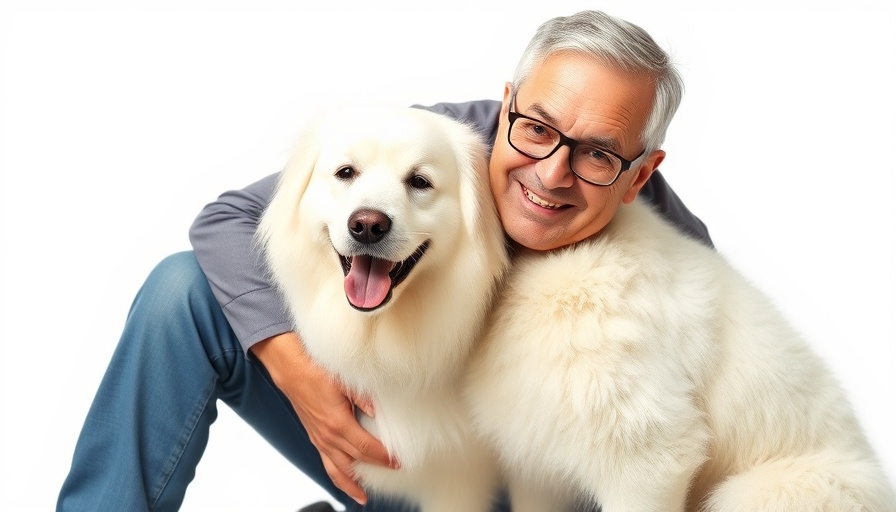
Understanding the Depth of Our Canine Companions
As dog owners, we are not just pet parents; we are learners, companions, and caretakers immersed in a profound relationship with our furry friends. The wisdom gleaned from our daily interactions—through training, socialization, and simple moments—unveils deep truths about dogs that extend beyond behavior. Here are some of the most enlightening lessons learned from dogs and their owners.
The Power of Observation: Seeing Our Dogs for Who They Are
One of the fundamental teachings a dog can impart is the importance of deep observation. We often enter interactions with dogs with preconceived notions about their behavior. However, as illustrated in "Life Lessons Learned From Training Dogs", true understanding starts by genuinely perceiving the dog in front of you instead of your assumptions. For instance, if a dog seems uninterested or uncomfortable during an outing, it's crucial to respect their cues. This lesson transcends dog training—it's a reminder to notice the world around us and be present in our relationships.
Celebrating the Small Wins: The Gift of Gratitude
Dogs naturally teach us to appreciate the small victories. Practicing positive reinforcement in training encourages us to notice not just the grand achievements but also the little things that bring joy. Like recognizing when your dog politely waits for your cue before charging after a ball, these tiny moments forge stronger connections. This echoes sentiments found in the reference articles; the more we celebrate these interactions, the more our dogs feel understood and appreciated, fostering a happier pet.
Patience is a Virtue in Training
Patience with our dogs’ learning processes is vital. Just as we expect gradual progress in our own habits, dogs also need time and consistency for behavioral changes to take root. The experience of working with dogs can instill a greater understanding of patience in our human lives, teaching us to be more forgiving—not just with our pets but with ourselves too.
The Role of Responsibility in Dog Ownership
Owning a dog represents a profound commitment. It mirrors many life lessons, as highlighted in "Responsible Dog Ownership." From recognizing the financial obligations that accompany dog care to understanding that our emotional bond with them requires ongoing effort and learning, each step reinforces our shared life journey. A dog’s behavior reflects how we guide, train, and nurture them, ultimately shaping a harmonious relationship.
Building Relationships Through Socialization
Socialization plays a crucial role in a dog's development and behavioral health. The earlier and more extensively we expose our dogs to new experiences, the more confident and well-adjusted they become. As established in the articles referenced, proactive socialization not only fosters adaptability in our pets but can also enhance our own abilities to engage and communicate effectively in social situations.
Conclusion: Embracing the Canine Journey
Every lesson from our dogs reminds us of the beauty in connection. Their influence extends beyond training—they teach us about patience, gratitude, and the responsibilities that come with love. If you want to cultivate a richer relationship with your dog, consider these lessons as a framework for your journey together. By observing, celebrating small achievements, and understanding their unique needs, we can nurture our bonds, creating happier, healthier lives together.
 Add Row
Add Row  Add
Add 




 Add Row
Add Row  Add
Add 

Write A Comment